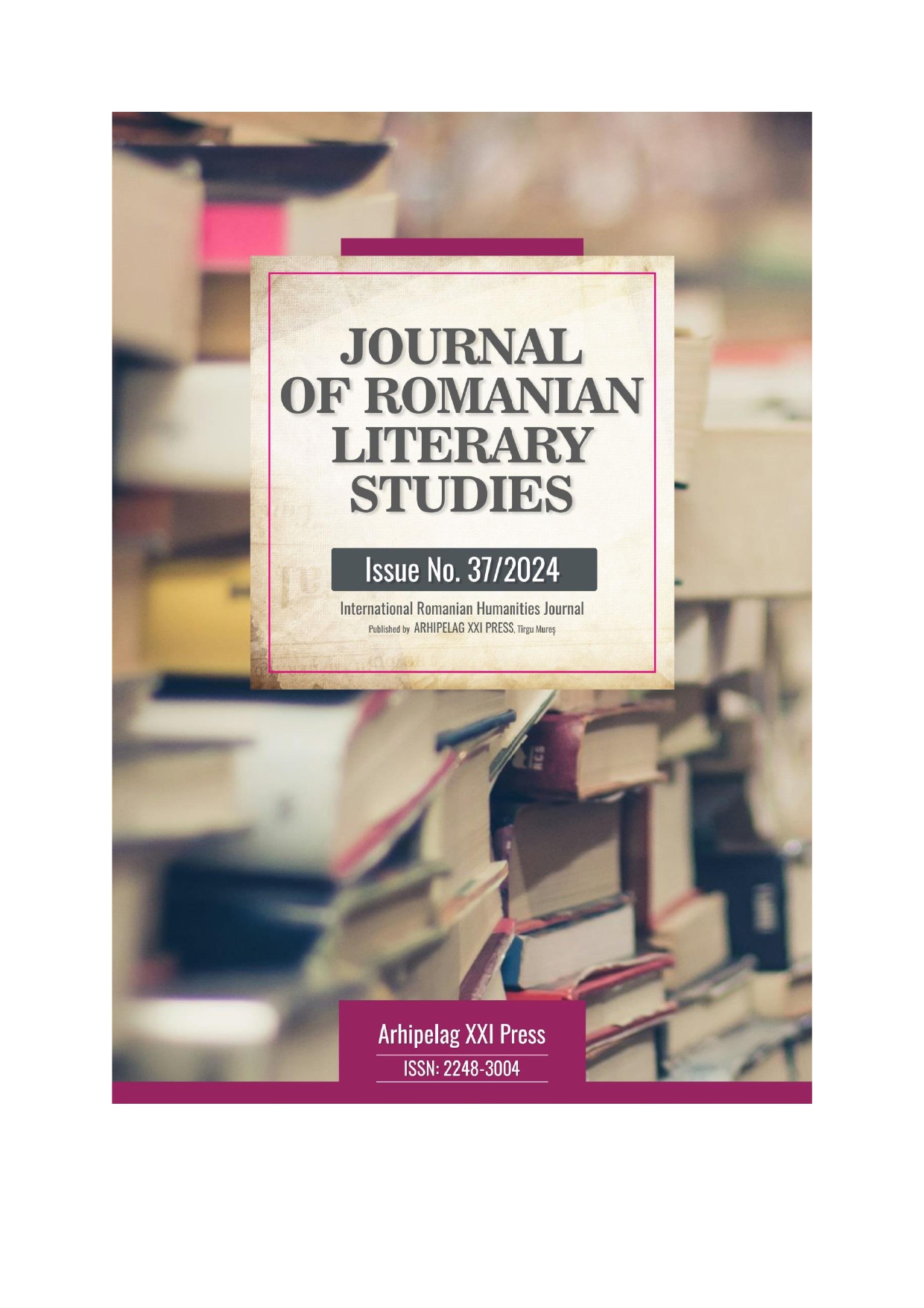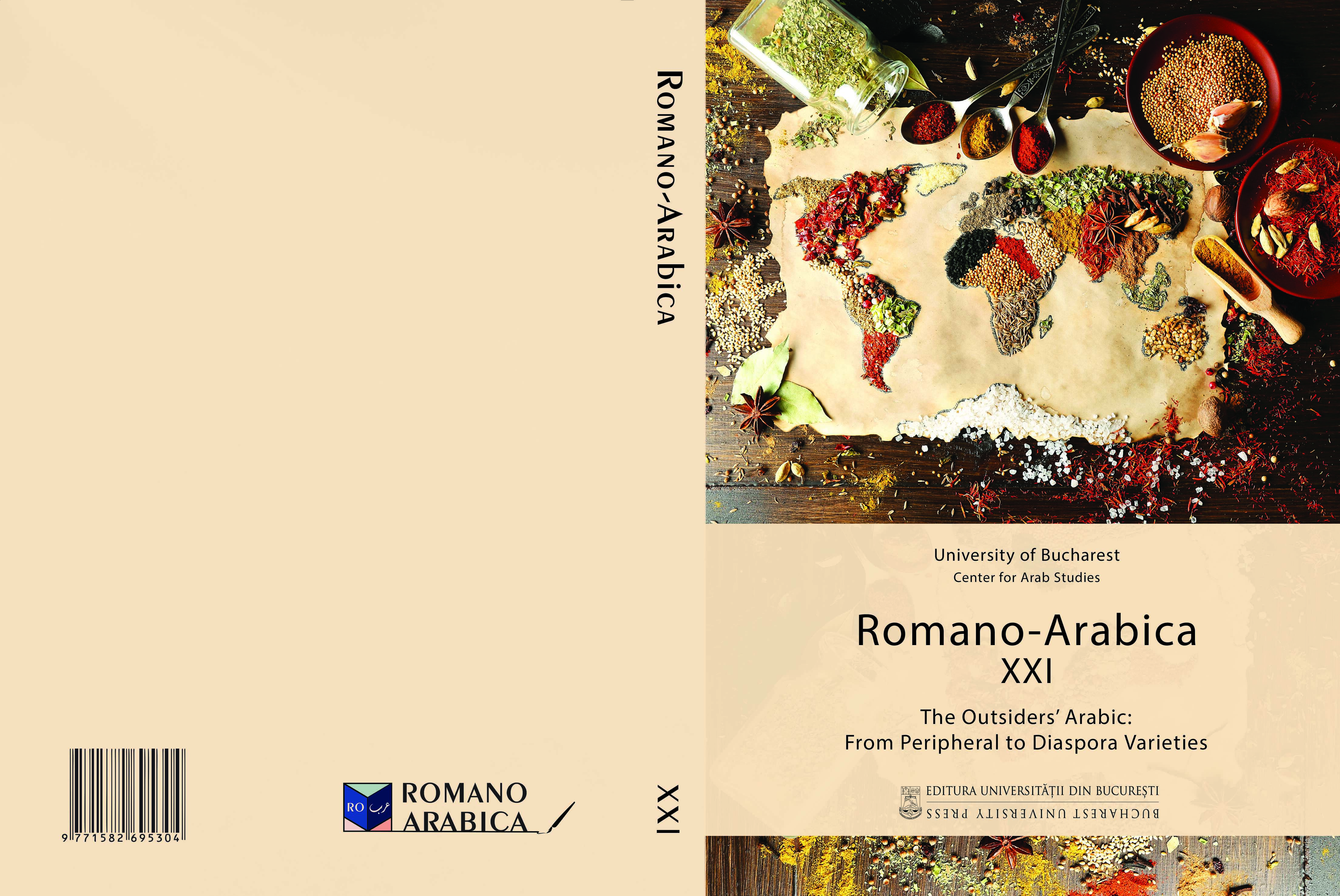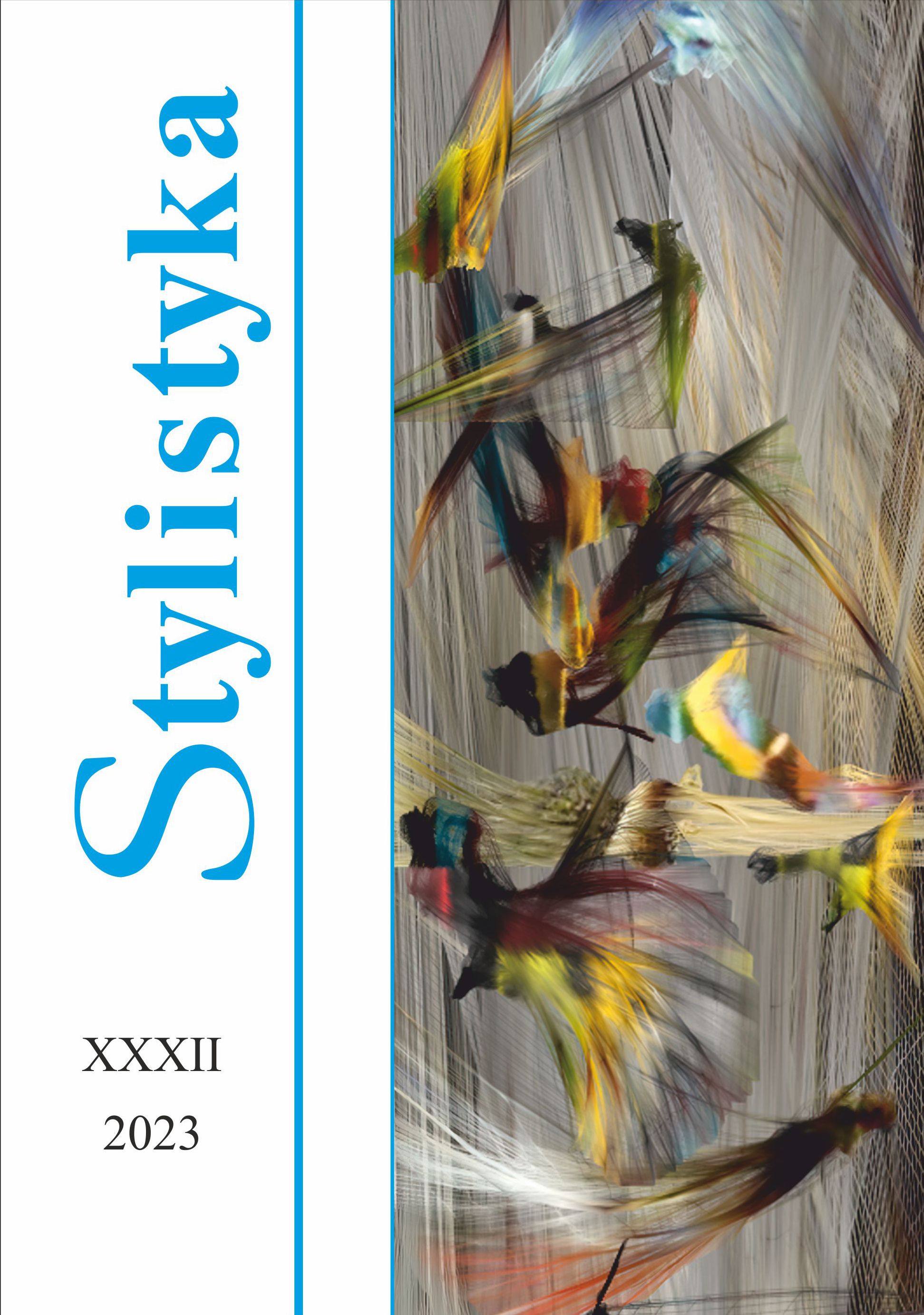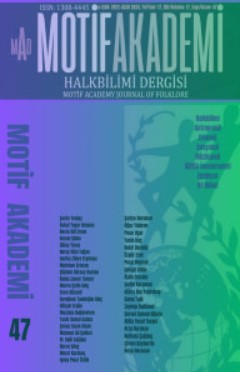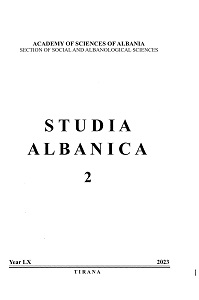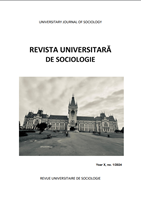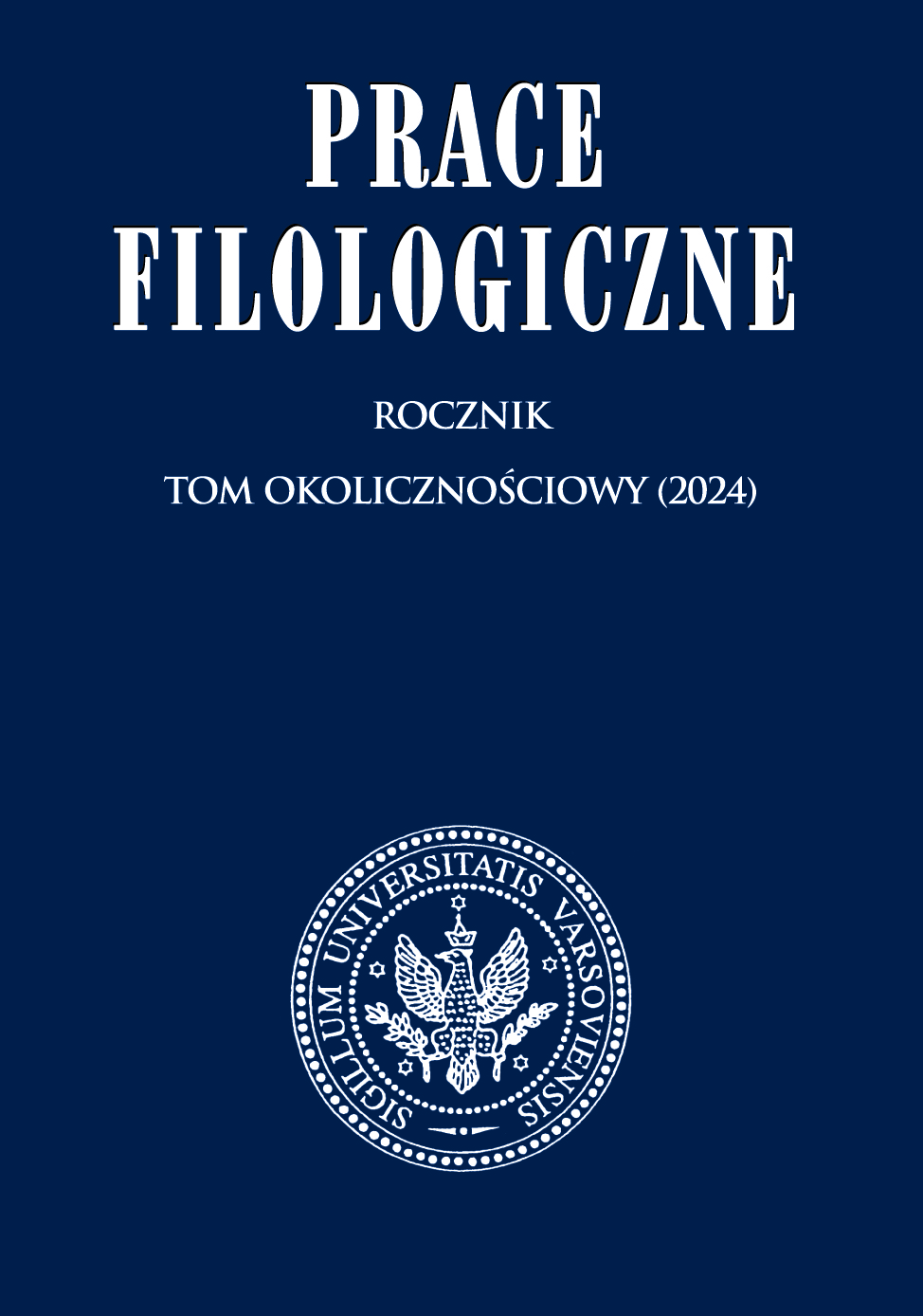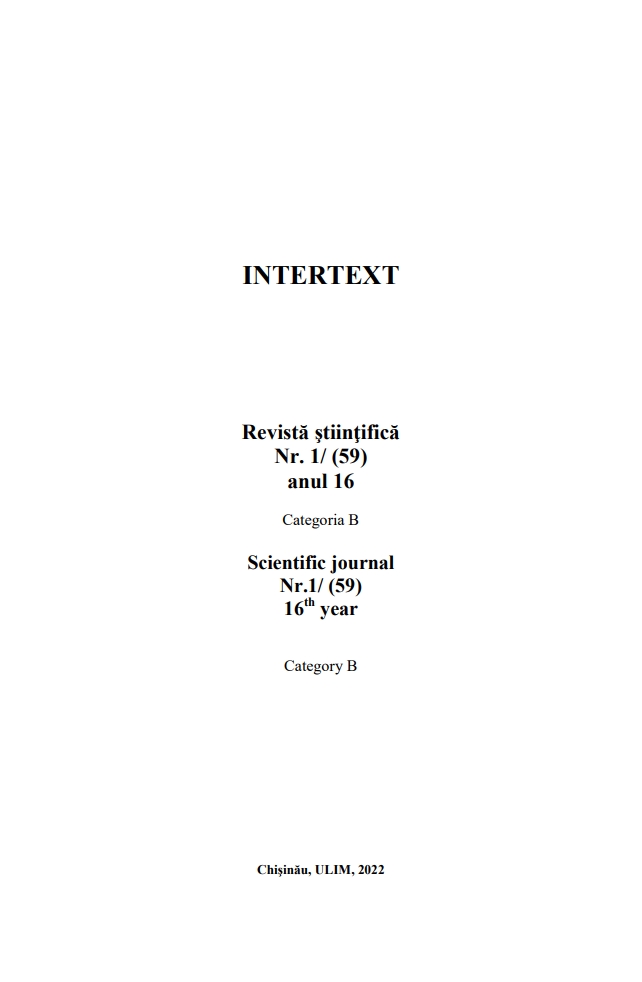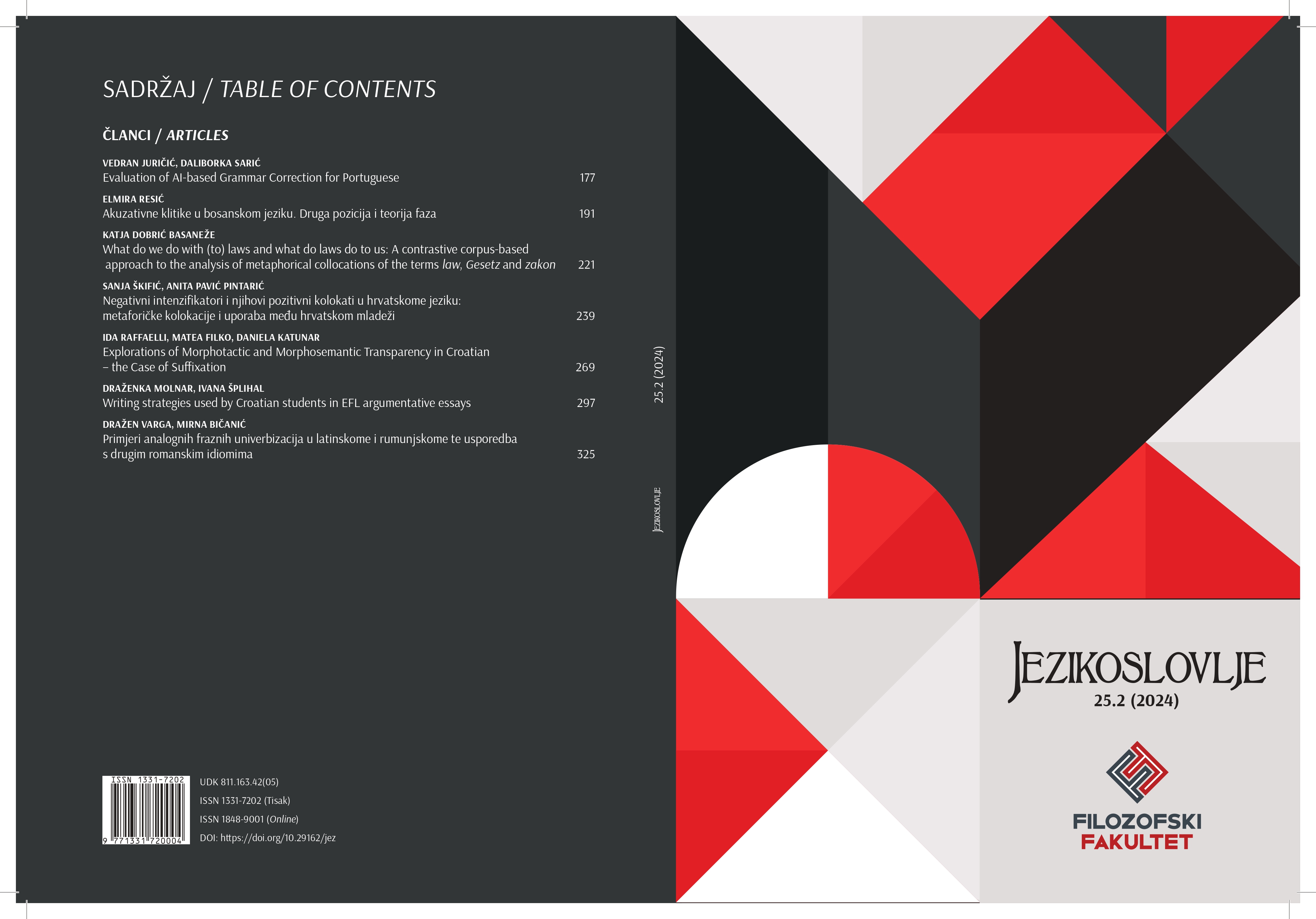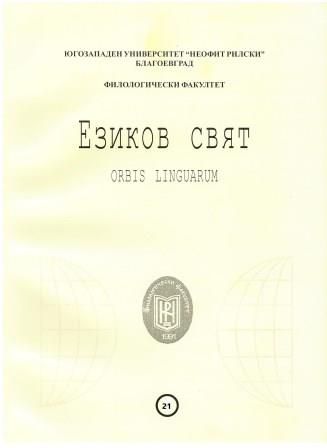
ФУТБОЛНАТА ЛЕКСИКА В ИНТЕРНЕТ СТАТИИТЕ ЗА СВЕТОВНОТО ПЪРВЕНСТВО В КАТАР
The present study aims to describe the origin of the specific football vocabulary used in the modern Bulgarian media language. The football vocabulary used in internet articles about the World Cup in Qatar 2022 has been studied. Various ways of enriching the football vocabulary and phraseology in the modern Bulgarian language are discussed: lexical loanwords, word-formation and phraseological calques, rethinking of vocabulary already existing in the Bulgarian language. Lexical loanwords from English are the most characteristic way of providing football-specific lexis. Most of the football vocabulary in Bulgarian is borrowed from English, which is also the case in many European languages. The forming of new derivatives from the loan lexis is one of the main ways of providing the necessary football vocabulary. The article explores also the use of metaphorically reinterpreted vocabulary from other semantic fields. The usage of metaphors in the headlines is very characteristic for the Bulgarian articles about football. Language has turned into a powerful marketing tool for the football media. Catchy headlines often prompt the reader to click on the link and to read the whole article. The applied methods of the research are descriptive and discourse analysis. The object are journalistic articles about the Football World Cup published online in November and December 2022.
More...
